Biden’s NASA Budget Request Gives Boost to Artemis Moon-Return Program
The Biden administration is requesting $27.2 billion for NASA for its 2024 budget, with substantial funding for the space agency’s Artemis program, which aims to return humans to the moon this decade.

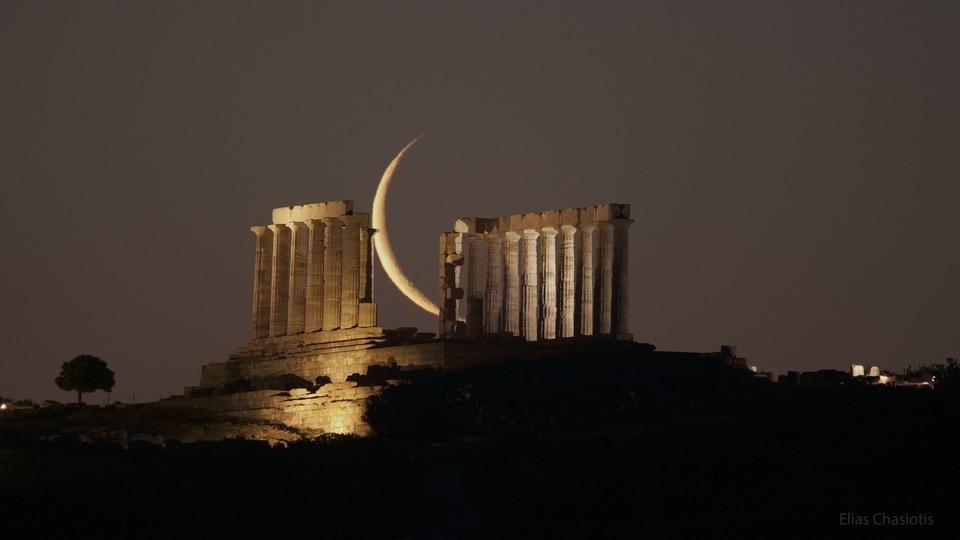
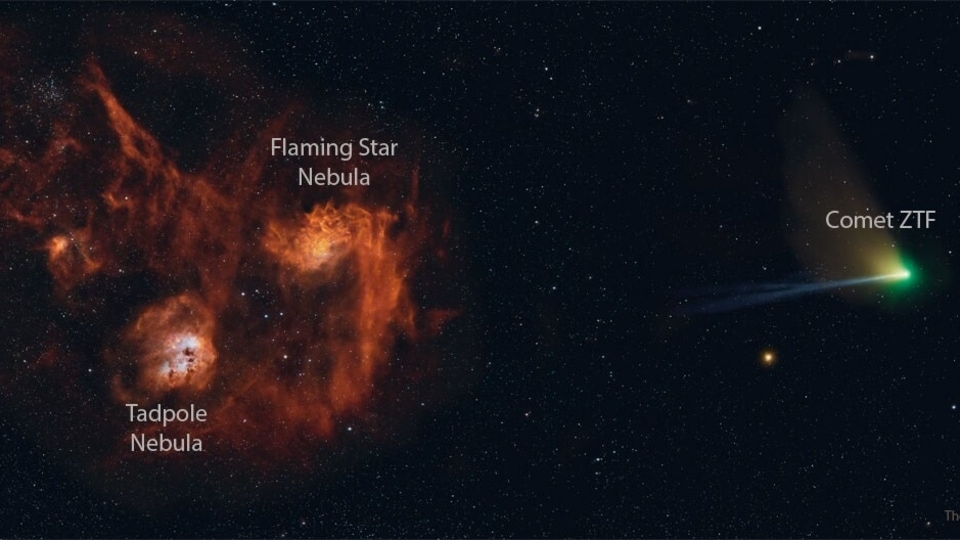
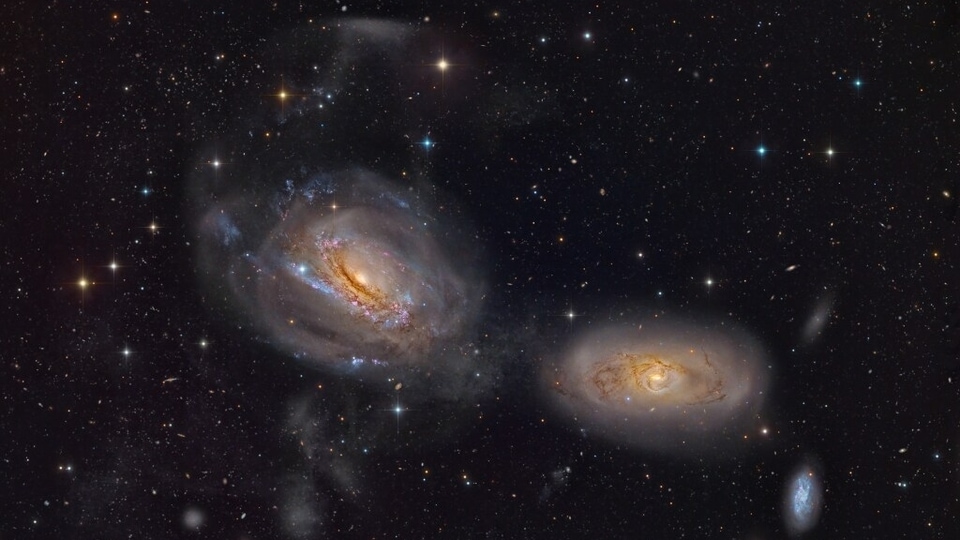
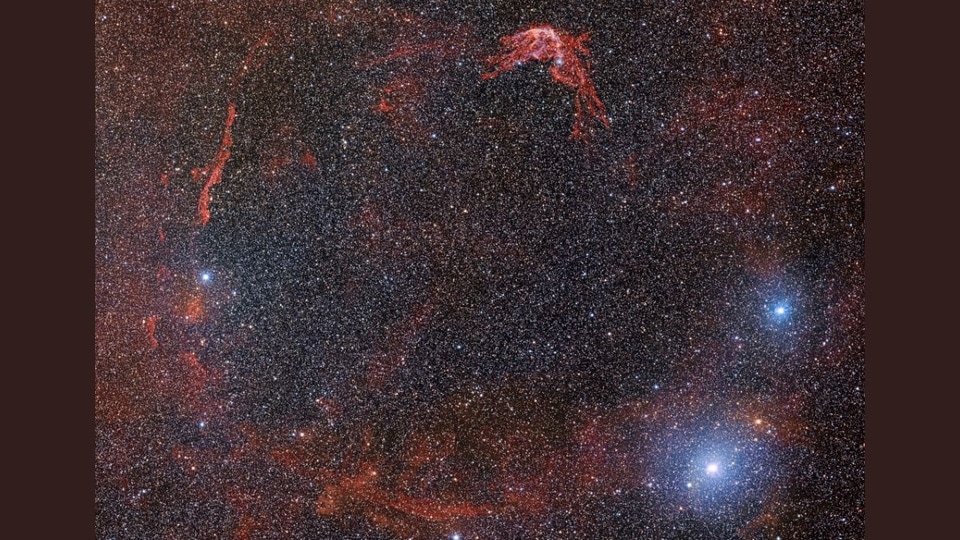
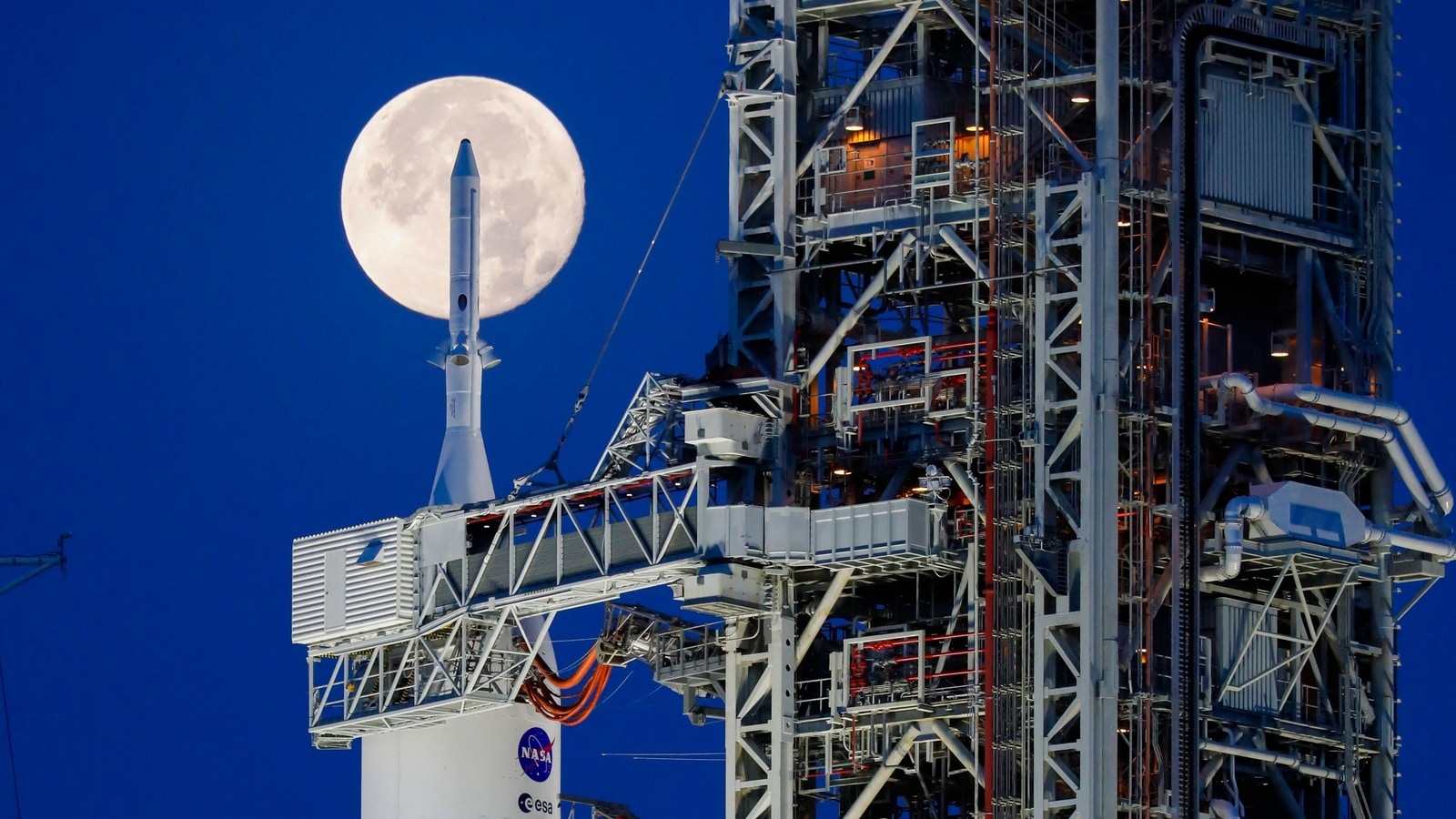
 View all Images
View all ImagesThe Biden administration is requesting $27.2 billion for NASA for its 2024 budget, with substantial funding for the space agency's Artemis program, which aims to return humans to the moon this decade.
The amount, released as part of the White House's “skinny budget” request for the federal government on Thursday, is $1.8 billion more than Congress granted NASA in its 2023 budget. The skinny budget, which outlines the president's spending priorities, contained limited details.
Roughly $8.1 billion of the requested budget would go toward continued funding and development of the suite of vehicles and infrastructure that make up NASA's Artemis program, according to the White House. That includes the agency's newest deep-space rocket, the Space Launch System, built by Boeing Co., and a new deep-space crew capsule, Orion, built by Lockheed Martin Corp.
Part of the Artemis funding will also go toward the development of lunar landers, one of which includes SpaceX's next generation Starship rocket currently in development.
The requested budget for Artemis is also being allocated for new lunar space suits that Axiom Space Inc. is developing in partnership with NASA. The space agency plans to unveil the first lunar space suit prototype that the first Artemis moonwalkers will wear, developed by Axiom Space, during an event in Houston March 15.
The Artemis program aims to send the first woman, the first person of color and the first astronaut from a country other than the US to the lunar surface. NASA officially branded the program in 2019, with hopes of returning humans to the moon by as early as 2024, but it's since shifted that deadline to 2025 at the earliest. In November, the agency successfully launched an uncrewed Orion capsule around the moon, and plans to send the first Artemis astronauts around the moon in November 2024.
The White House this year requested $500 million more for Artemis than the program received from Congress in 2023, according to the budget details.
The request also included spending for NASA's ambitious plan to return samples of Mars to Earth, the agency's Earth science missions, technology development and more.
Additionally, the Biden administration asked for $180 million for NASA to develop a new “space tug” that could be used to help de-orbit the International Space Station when it reaches the end of its lifetime. Currently, NASA must rely on Russian vehicles to boost and maneuver the space station, and tentative plans to decommission the ISS rely on those same vehicles. In the wake of Russia's invasion of Ukraine, the White House is signaling it wants to distance itself from having to use Russian spacecraft “that may not be able to accomplish this task.”
Catch all the Latest Tech News, Mobile News, Laptop News, Gaming news, Wearables News , How To News, also keep up with us on Whatsapp channel,Twitter, Facebook, Google News, and Instagram. For our latest videos, subscribe to our YouTube channel.





























